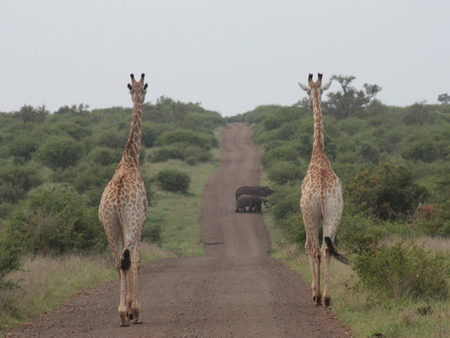Protected Areas Are Not Safe from Climate Change
30.12.2020
Approximately 15% of the world’s land is designated as protected areas to conserve our planet’s biodiversity. Though these natural reserves are protected from direct human pressures, they are not immune to the consequences of climate change. Given their central importance for preserving species and habitat niches, managers and policymakers need to know which areas would be most affected and vulnerable. In a new study published in Diversity and Distributions Samuel Hoffmann and Carl Beierkuhnlein (Department of Biogeography) calculated the predicted climate change magnitude in all protected areas worldwide. The results revealed that protected areas in the subtropics and polar regions are climate change hot spots. Temperature change is projected to be largest in subtropical regions, while polar regions are predicted to have the greatest changes in precipitation.
https://eos.org/articles/protected-areas-are-not-safe-from-climate-change


